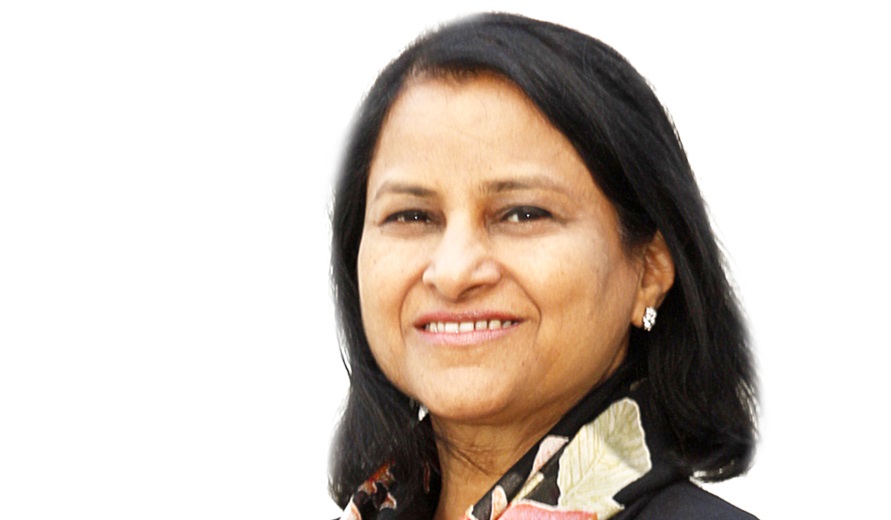India Needs Digital Education Architecture
The pandemic has forced quick launch, but infra woes are a big roadblock

In the light of an unceasing pandemic, the Union Budget of 2021-22 put major emphasis on improving India’s healthcare, infrastructure and education among many other sectors. New initiatives and policies were launched to promote the endangered sectors amidst the global health crisis. The Education Ministry announced setting up a National Digital Education Architecture (NDEAR) to promote a “digital first” approach, support teaching and learning activities, and facilitate educational planning as well as governance and administrative activities.
The initiative, and several others such as the DIKSHA platform, Swayam Prabha TV channel, Shiksha Vani and e-PathShala, are the Centre’s way of ensuring continuity in education, recreating the classroom environment as they progress and prepare the sector for future pandemics.
NDEAR’s Digital First approach
NDEAR will help in building up a new education ecosystem that will create a digital foundation leading to self-governance of all parties involved, particularly states and the Centre. The policy lets educationists do evaluation based on talents and abilities, helping students understand their area of specialties that can be utilised in their future profession.
Bridging the digital divide between both ends of the education chain
Year 2020 saw a 360-degree change in the education sector, where many organisations made progress given the availability of assets. However, it was also observed that several institutions failed to do so because of the lack of digital infrastructure that should have been accessible to all, implying that a Digital First attitude is necessary to create a nationwide impact.
NDEAR is a realisation of this fact. It also has all components set up, as it covers the entire array of education and learning, planning, administration and organisation.
Challenges
There are a couple of roadblocks, the biggest one being access to a quality digital framework. Remote locations have bare minimum access to the digital network. Even some of the most populated metropolises consistently face issues with digital networks. In a post-pandemic world, ensuring nation-wide connectivity and quality equipment is a must. At the other end, for an overwhelming majority of the nation’s educationists and leaders, promising a solution so big is too open-ended to visualise.
The worldwide education improvement plan as per the Goal 4 (SDG4) of the 2030 Agenda for Sustainable Development, received by India in 2015, was to “guarantee comprehensive and impartial quality training and advance deep-rooted learning opportunities for all”. An objective so huge requires a strong, sturdy and well-established education framework to help and cultivate learning, with the goal that every one of the basic targets and objectives (SDGs) can be accomplished. Ensuring top-notch education to every individual in India is the only way to create and augment our rich gifts and assets to benefit the country, the public and the world. India will have the highest youth population in the following decade and our capacity to give top notch education will decide the fate of our country.
The author is Founder, Global Classroom Private Limited (GCPL) & Global Education & Training Institute (GETI)
DISCLAIMER: Views expressed are the author’s own, and Outlook Money does not necessarily subscribe to them. Outlook Money shall not be responsible for any damage caused to any person/organisation directly or indirectly.









